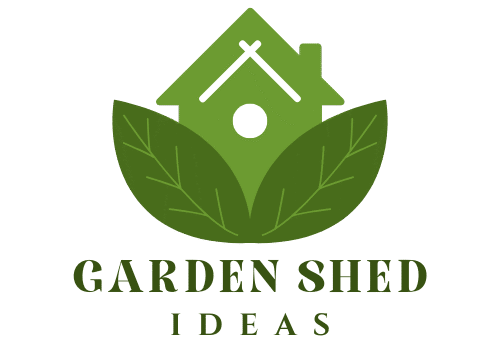Imagine stepping into your garden and being greeted by a bounty of vibrant vegetables and flourishing flowers, all thriving within beautifully constructed raised beds. Whether you’re a novice gardener taking your first steps or a seasoned green thumb looking to refine your techniques, raised bed gardening offers a world of benefits that can enhance your gardening experience. This method allows for better control over soil quality, improved drainage, and a reduction in pesky weeds, all of which contribute to healthier plants and a more productive garden space.
In the following guide, we’ll unravel the mysteries of raised bed gardening with clear, step-by-step instructions designed to empower you at every stage of the process. From selecting the ideal location and constructing your beds to choosing the right soil mix and planting your first seeds, you’ll gain the confidence to transform your garden into a thriving oasis. Raised bed gardening is not just a technique; it’s an opportunity to cultivate a deeper connection with nature, enjoy the therapeutic benefits of gardening, and savor the fruits (and vegetables) of your labor.
Select Optimal Raised Bed Location
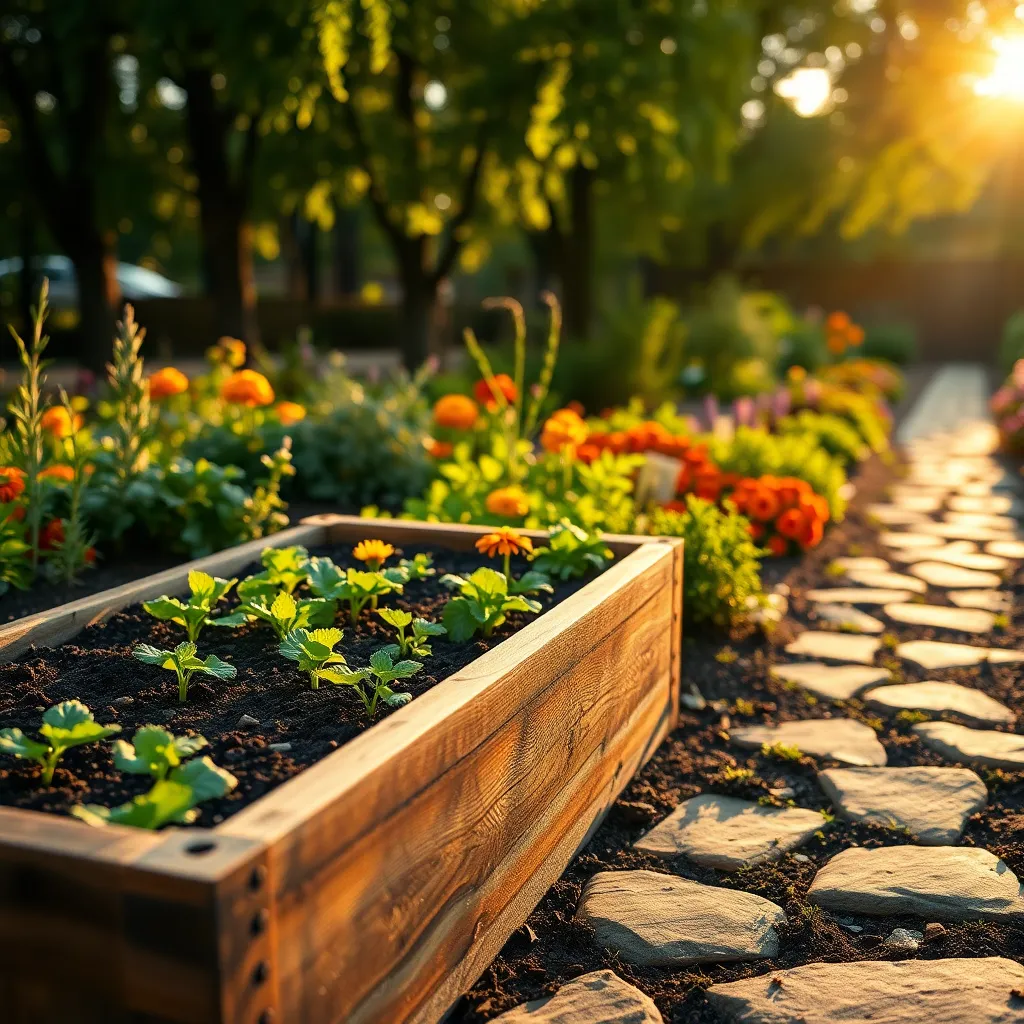
When selecting the optimal location for your raised bed, consider sunlight exposure first. Most vegetables and flowers require at least six to eight hours of full sun daily to thrive.
Next, ensure that the location has access to a reliable water source. This will make it easier to maintain a consistent watering schedule, which is crucial for plant health.
Evaluate the drainage of your chosen spot by observing how water collects after rain. A well-drained area prevents root rot and other moisture-related issues.
For advanced gardeners, think about the microclimates in your yard. Identifying spots protected from strong winds or that retain warmth can extend your growing season.
Gather Quality Soil and Compost
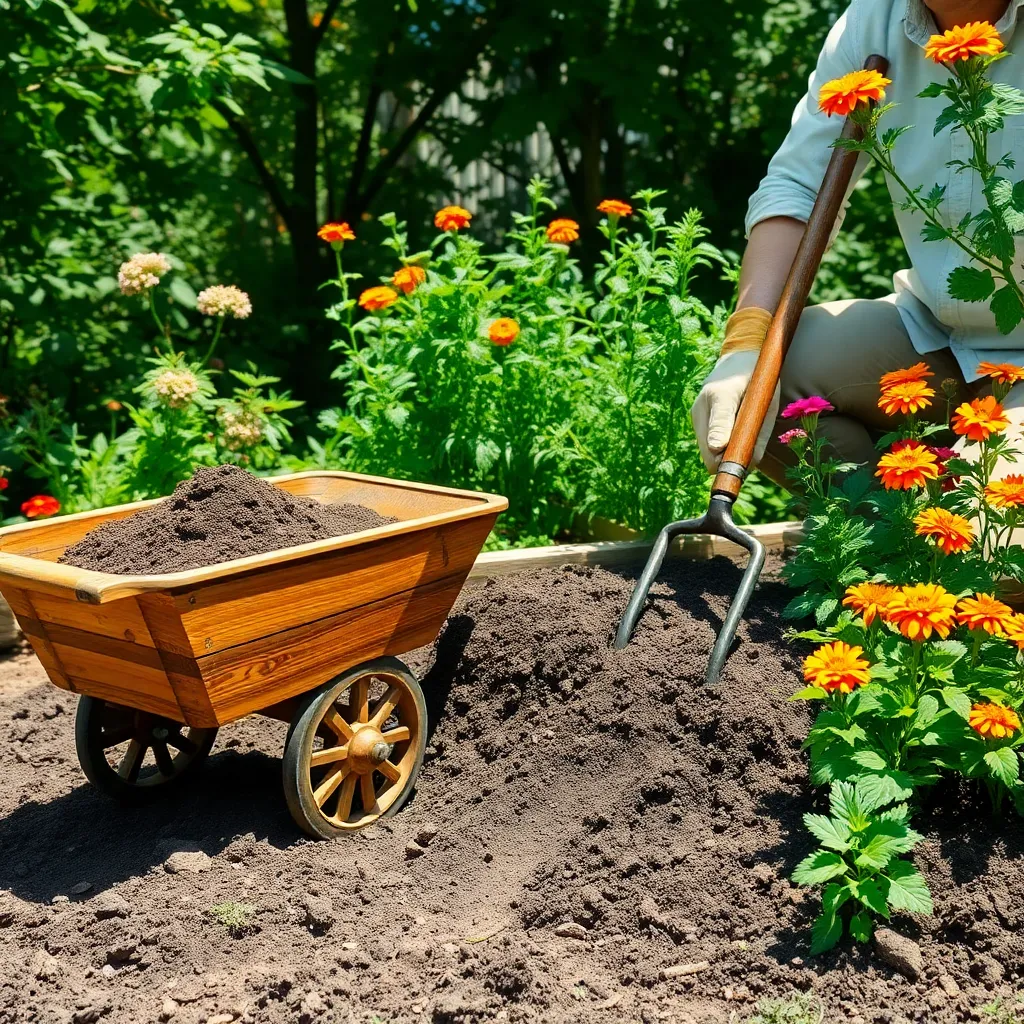
Before filling your raised bed, it’s crucial to gather both quality soil and compost to provide your plants with the nutrients they need. Opt for a mix of 60% topsoil, 30% compost, and 10% soilless growing medium to ensure a well-draining and nutrient-rich environment.
Topsoil is the foundation of your raised bed’s soil mix, offering essential minerals and stability. To ensure top quality, purchase topsoil from a reliable garden center, checking that it’s free from contaminants and pests.
Compost is the powerhouse of nutrients in your soil mix, improving texture and fertility. Create your own compost by recycling kitchen scraps and garden waste, or purchase it from a reputable source to ensure it’s fully decomposed.
For the soilless growing medium, consider adding materials like coconut coir or peat moss to enhance soil aeration and moisture retention. These components help your plants develop strong root systems by maintaining optimal moisture levels without waterlogging.
Assemble Raised Bed Structure
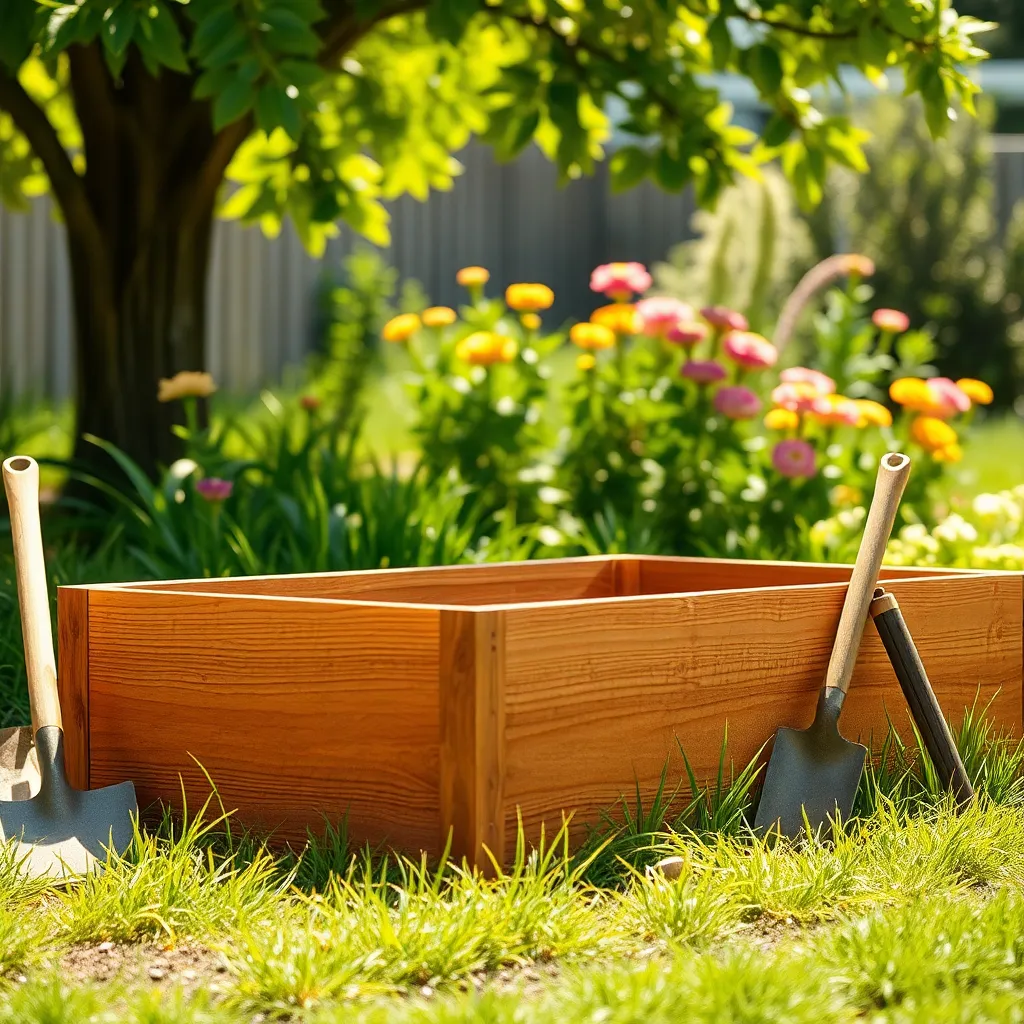
Building a raised bed structure is an essential step in creating an efficient and organized garden. Start by selecting a location that receives at least six to eight hours of sunlight daily for optimal plant growth.
Use rot-resistant wood like cedar or redwood to construct the frame, ensuring longevity and durability. Cut the wood to your desired size, typically 4 feet wide for easy access from both sides, and secure the corners with galvanized screws or corner brackets for added stability.
Place the frame on level ground and ensure it’s square by measuring diagonally from corner to corner; both measurements should be equal. Consider lining the bottom with landscape fabric to prevent weeds while allowing for adequate drainage.
For advanced gardeners looking to enhance their raised bed, consider adding a drip irrigation system to ensure consistent moisture levels. This system can be connected to a timer for automated watering, saving time and conserving water.
Plant Seeds with Proper Spacing
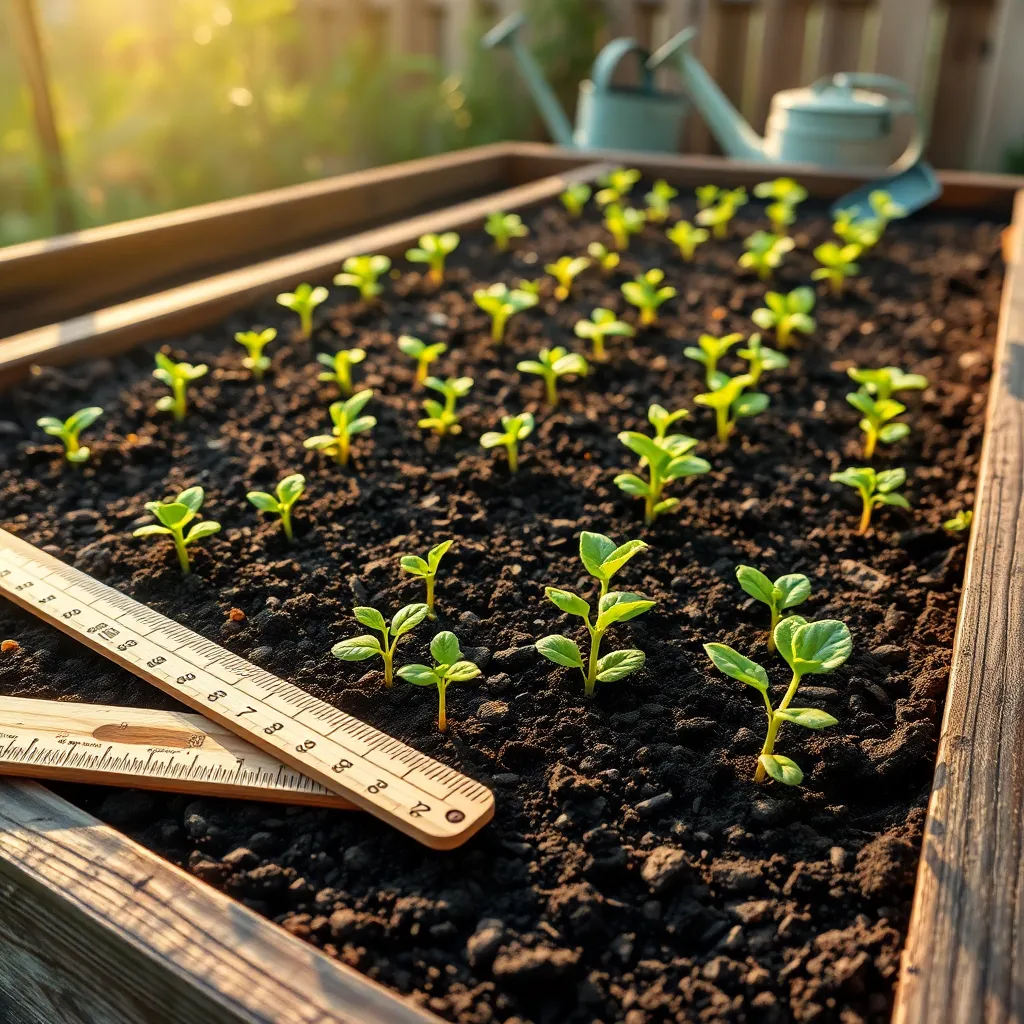
Now that your raised bed structure is ready, it’s time to plant seeds with proper spacing. Correct spacing is essential to ensure each plant receives adequate sunlight, nutrients, and room to grow. Start by referring to the seed packet for specific spacing recommendations, as different plants have unique needs. For example, lettuce typically requires about 6 inches between seeds, while tomatoes need a more generous 18 to 24 inches.
Proper spacing helps prevent overcrowding, which can lead to poor airflow and increased disease risk. If you’re planting multiple types of seeds, consider grouping plants with similar spacing requirements together. This approach not only optimizes space but also simplifies maintenance and watering. Use a ruler or a simple wooden stick to mark the distances before placing your seeds in the soil.
For those looking to maximize their yield, consider implementing a technique called square foot gardening. This method involves dividing your raised bed into a grid of square-foot sections, allowing for precise spacing and efficient use of space. For instance, you can plant nine bush bean seeds in one square foot, while only one broccoli plant may occupy another. This technique is especially beneficial for small gardens, where space is at a premium.
Remember to plant seeds at the right depth, which is usually two to three times the seed’s diameter. Gently press the soil over the seeds and water lightly to ensure good soil contact. Consistent moisture is crucial during germination, so keep the soil damp but not waterlogged. As your seeds grow into seedlings, thin them as needed to maintain proper spacing, ensuring a healthy and productive garden.
Implement Watering and Maintenance Plan

Watering is crucial for the success of your raised bed garden, and it starts with understanding the specific needs of your plants. Most vegetables prefer soil that remains consistently moist but not waterlogged, so aim to provide about one inch of water per week, including rainfall.
To ensure even moisture, consider installing a drip irrigation system or soaker hoses, which are both water-efficient and easy to set up. These systems deliver water directly to the base of the plants, reducing evaporation and minimizing the risk of fungal diseases.
Mulching is another effective way to retain moisture in your raised beds. Apply a two to three-inch layer of organic mulch, such as straw or shredded leaves, around your plants to keep the soil cool and moist while also suppressing weeds.
Regular maintenance is key to a thriving garden, starting with daily checks for signs of pests or disease. Pinch off any yellowing leaves and remove debris that could harbor pests to keep your plants healthy and productive.
For those ready to advance their gardening skills, consider implementing a crop rotation plan each season to prevent soil-borne diseases and optimize nutrient use. By alternating plant families, you can naturally improve soil health and boost your garden’s productivity over time.
Conclusion: Growing Success with These Plants
In our journey through ‘Step By Step Raised Bed Gardening Guide,’ we explored five key relationship concepts: the importance of communication in nurturing growth, setting boundaries for healthy development, the value of patience in watching love flourish, the role of adaptability in overcoming challenges, and the joy of shared accomplishments. Just as a garden thrives with care and attention, so do our relationships when we cultivate them with intention.
As an actionable next step, take a moment today to plant a seed of kindness in your relationship. Whether it’s a heartfelt message, a small act of service, or simply lending an attentive ear, these gestures can enrich your connection.
To ensure these insights are always within reach, bookmark this article as your go-to guide for nurturing relationships, much like tending to a cherished garden. Remember, the seeds you plant today can blossom into enduring partnership success tomorrow. By consistently applying these principles, you can create a relationship that not only survives but truly thrives.
Take this opportunity to empower your relationships and save this guide as a valuable resource for your journey towards lasting love and happiness. Your commitment today paves the way for a flourishing future together.

